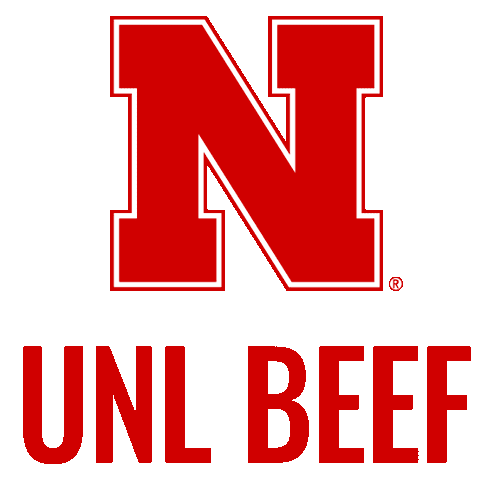![]()

By Abigayle Warm | Eastern Nebraska Research, Extension and Education Center
The Great Plains Heifer Development program team held their first annual recap at Haskell Ag Laboratory near Concord Nebraska to round out and review year one performance. The event brought together consignors, local producers, industry partners and researchers to explore the possibilities for year two of the program.
Program Overview
Connor Biehler, Nebraska beef extension educator and Kiernan Brandt, professional service technician with Trans Ova Genetics and former extension educator with South Dakota State University, spearhead the program with a shared vision of optimizing and enhancing reproductive efficiency, longevity and heifer development.
This program is unique, as all the heifers are consigned by producers looking to enhance their heifer development strategies and increase longevity in their females. It offers a blend of services focused on the foundational principles of heifer selection, nutrition, management strategies, genetic tools for sire selection, estrus synchronization protocols, post-breeding management, and more. This year 11 producers from across Nebraska, Iowa, Minnesota and South Dakota consigned 132 heifers to the program, providing variability of type and kind for the program. Ultimately, this variability allows the program to look at more types and kinds and find what fits each individual herd best.
“The goal isn’t to create a new ‘tool’ but rather to help producers improve upon what they already have,” said Biehler.
Biehler and Brandt hope to continue to identify strengths and shortcomings of the cow herd in the Great Plains to figure out applicable methods to improve cattle longevity and decrease fallout of replacement heifers in every herd. Data collected included frame score, pelvic measurements, reproductive tract scores prior to breeding, average daily gain per pen (heifer group), and genomic-enhanced EPDs to help with reproductive and nutrition decisions.
Performance Review
From a nutrition standpoint, the program’s goal was to increase the plane of nutrition prior to breeding to help with breed-up. Heifers came in with body condition scores in the three to four range with a target to increase that score to six, which was met with an average daily gain of 1.67 pounds.
The goal is to produce replacement heifers that outperform their herd mates and are more likely to rebreed on time in the future.
“The only way to put pressure on a lowly heritable trait like reproduction is to be okay with not getting 100% of your females bred,” said Dr. Rick Rasby, UNL beef reproduction and management systems specialist.
The pregnancy rate reached in year one was slightly over the benchmark 87% with the overall conception rate after two cycles being 88%. Next year the plan is to incorporate the use of 14-day CIDRs, emphasizing consolidated group synchronization to tighten up the breeding window and increase conception rate.
Partnerships
Partnerships with Cattler, Cargill Animal Nutrition, Zoetis and ABS played a pivotal part in helping Biehler and Brandt make nutritional and breeding decisions in their program. Representatives from each business spoke about this at the recap event.
Dr. Jarrett Proctor, Cargill animal nutritionist, covered nutritional development of beef heifers and explained how he helped Biehler tailor initial diet decisions to promote program goals. The Cattler software system was used to track pen-by-pen performance and the animals’ overall health. The software tracks factors such as feed efficiency, how much is fed average daily gain, cost, overall animal health and gives real-time updates and feeding recommendations, reducing issues caused by human error.
Zoetis’s Inherit Select Test was used for genomic testing to help with breeding decisions for each heifer. Along with speaking at the recap event, they co-hosted a webinar with Biehler and Brandt to discuss their findings with producers. Most of the semen used in the program was purchased from ABS. “We knew many of the producers in the program and were familiar with the type and kind of their females,” said Stephanie Nelson of ABS, “We knew the kind of calves they were after and based on that, made sire recommendations.”
Looking Forward
The enrollment period for the 2025 heifer development program is open now. Producers can find more information at go.unl.edu/heiferdev or by contacting Biehler at 402-624-8007 or heiferdev@unl.edu
